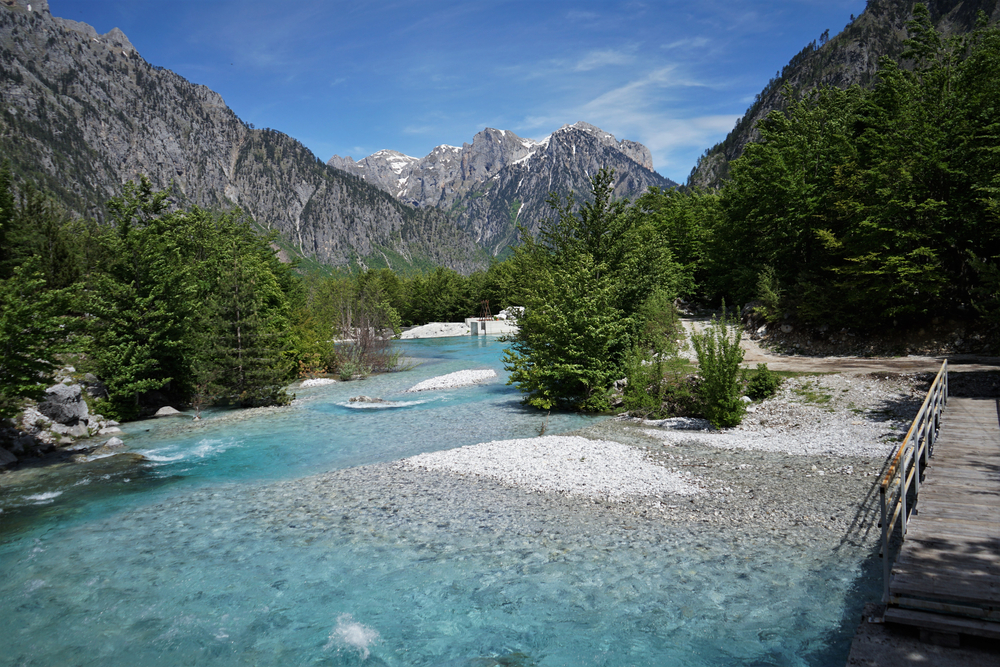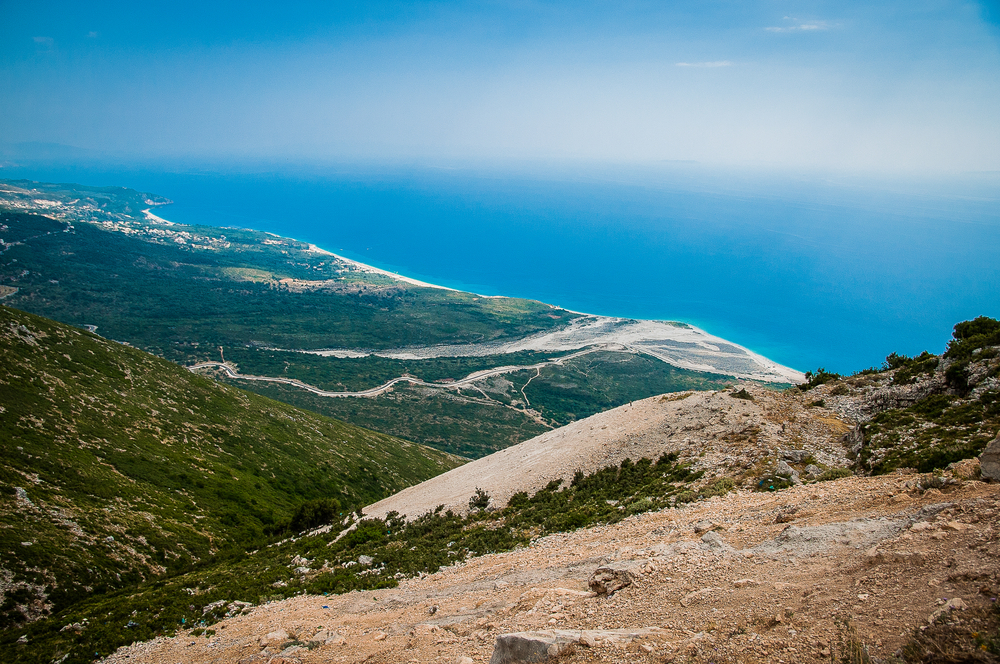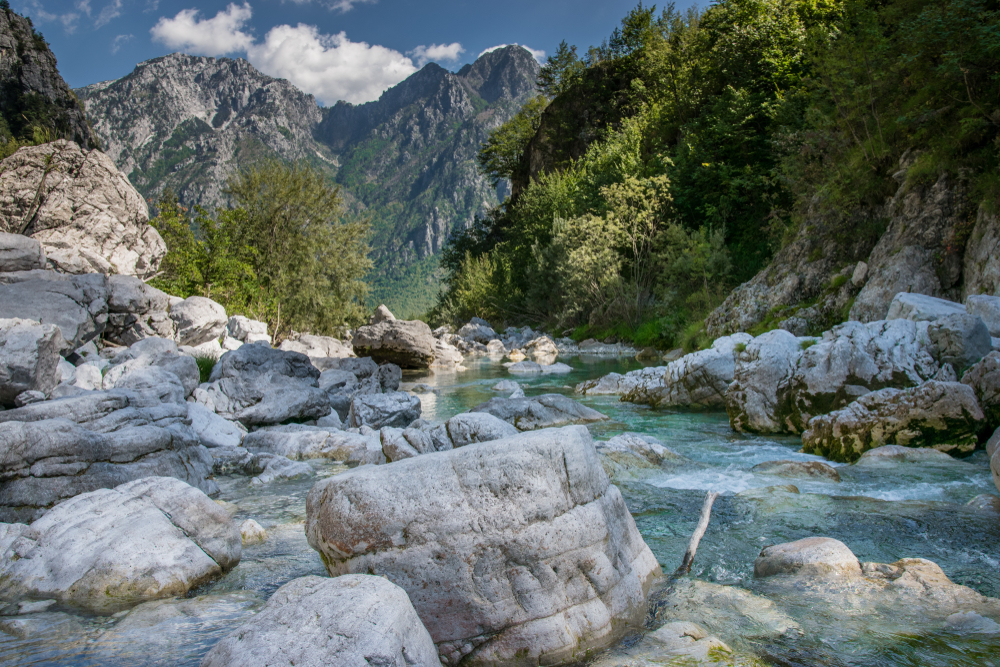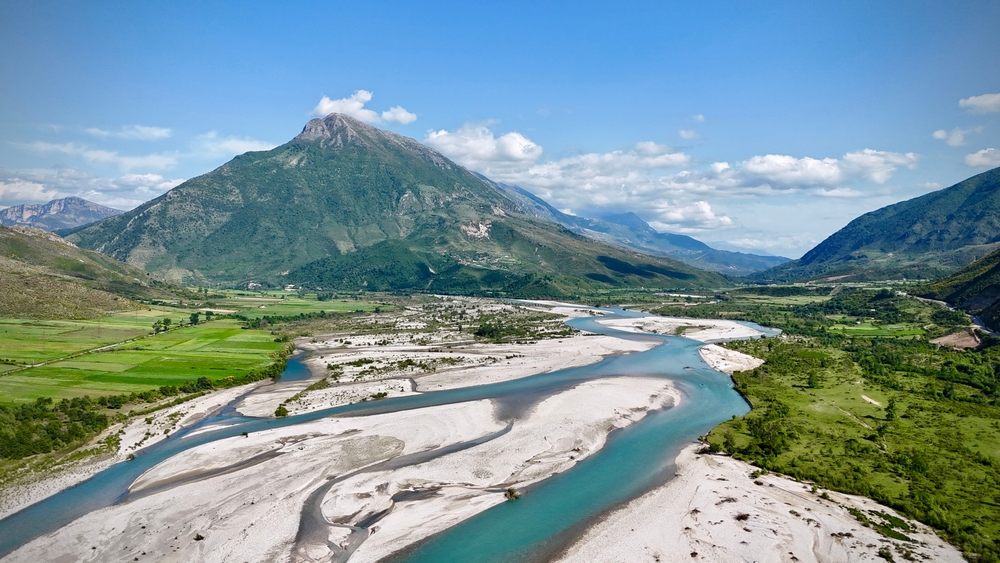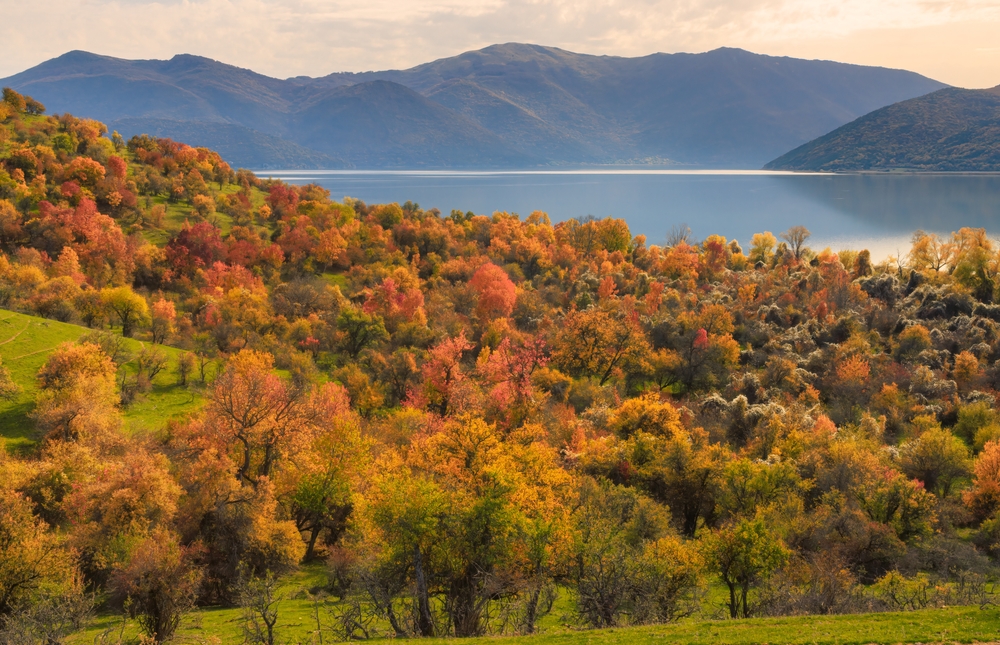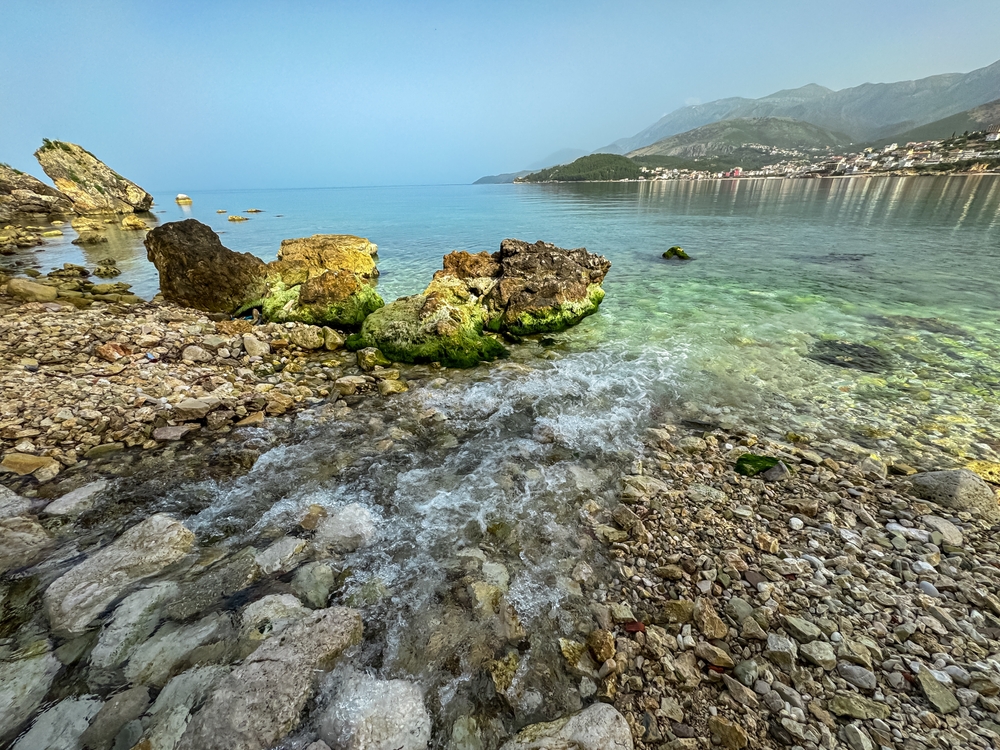Valbona Valley Overview
Valbona Valley National Park, or Parku Kombëtar i Luginës së Valbonës in Albanian, is one of Albania’s most breathtaking natural treasures. Located in the northern reaches of the country, within the Accursed Mountains (Bjeshkët e Nemuna), the park spans an area of 32.2 square miles (83.27 square kilometers).
Situated in the Tropoja District, the park lies close to the borders of Kosovo and Montenegro, making it a key destination within the wider Dinaric Alps region. Its remote location and pristine landscapes draw adventurers, nature enthusiasts, and those seeking serenity in one of Europe’s most stunning alpine environments.
The park’s terrain is characterized by dramatic peaks, rugged valleys, and crystal-clear rivers. Dominating the landscape is the Valbona River, which carves its way through the valley, offering sparkling turquoise waters that reflect the towering peaks around it. Some of the most notable mountains within the park include Maja e Jezercës, the highest peak in the Albanian Alps, standing at 8,839 feet (2,694 meters).
The dense forests of beech, oak, and pine that blanket much of the park’s lower elevations give way to alpine meadows dotted with wildflowers in the higher altitudes. In autumn, the park’s foliage transforms into a palette of fiery reds, oranges, and golds, adding even more magic to the landscape.
Valbona Valley National Park is home to a diverse array of wildlife, much of which thrives thanks to the park’s conservation efforts. Among the mammals, visitors might encounter the elusive Balkan lynx, a critically endangered species, or catch a glimpse of brown bears, gray wolves, or chamois.
Bird enthusiasts will be delighted by the sight of golden eagles soaring high above the peaks or the melodious calls of the Eurasian blackbird and other songbirds that inhabit the forested areas. The park’s rivers and streams are also habitats for otters and an array of freshwater fish.
One of the park’s most popular attractions is the Valbona to Theth hiking trail, which connects two of Albania’s most picturesque mountain villages and offers breathtaking views of the surrounding landscape. The Valbona River itself is ideal for kayaking and fishing, while the valley’s many trails provide opportunities for trekking, birdwatching, and photography.
During the winter months, the snow-covered peaks invite skiers and snowshoeing enthusiasts. Traditional guesthouses in the nearby villages of Valbona and Rragam offer visitors a chance to experience local hospitality and cuisine, including hearty dishes such as flija and tavë kosi.
While Valbona Valley National Park is a haven for nature lovers, it faces several conservation challenges, including deforestation, illegal hunting, and the controversial construction of hydropower plants along the Valbona River.
These projects have sparked local and international protests, leading to increased awareness and efforts to protect the park’s natural heritage. On the positive side, ecotourism initiatives and the involvement of local communities have bolstered conservation efforts, ensuring that the park remains a vital refuge for its unique biodiversity.








































































